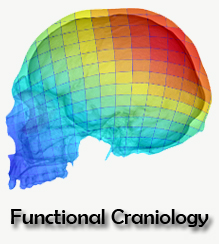
The journal Brain Structure and Function has recently published a collection of articles, a special issue, dedicated to the angular gyrus, a fundamental element of the parietal lobe. The Special Issue: Angular Gyrus is guest edited by Kathleen Rockland, research professor in anatomy and neurobiology, as well as William Graves, associate professor of psychology. The angular gyrus (AG) is an interesting area of association cortex because of its diverse structural and functional connectivity, involved in mathematical, spatial and social cognition, among others. Consequently, many approaches have been employed to study its anatomy and functions, although there is still much to be learned about this cortical region and its evolution. The articles featured in the special issue were published over the course of several months, starting in April. They include both original research articles and reviews, and cover a range of different topics including comparative anatomy, connectivity, cytoarchitecture and cognition. All in all, this special issue is meant to be more than the sum of its parts: informing not only about the structure and function of the angular gyrus, but also about brain organization as a whole.
Tim Schuurman







